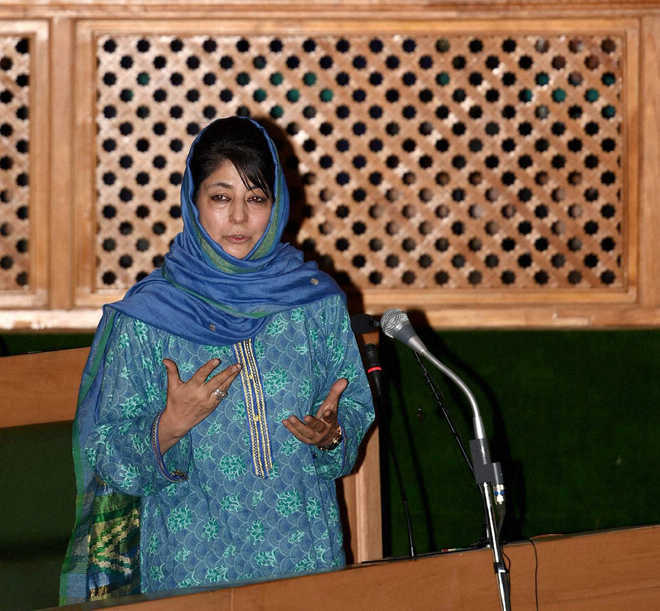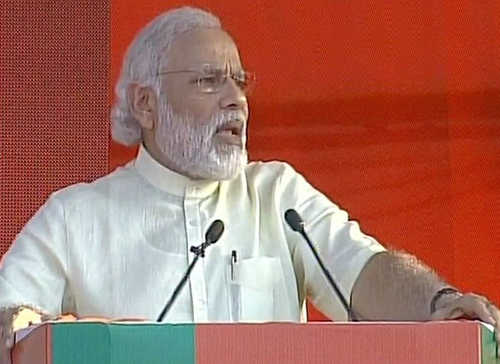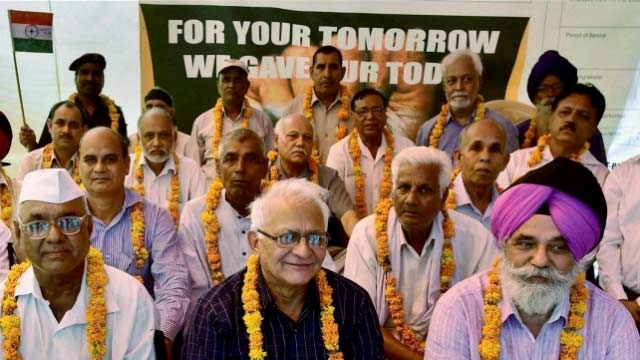
A file photo of accused Manav Malhotra, who is at large.
Sandeep Rana
Tribune News Service
Panchkula, June 10
Three serving Colonels and the Director of Kalpana Chawla Government Medical College, Karnal, who is the brother of Shimla MP Virender Kashyap, are among several persons who have allegedly been duped by a Panchkula-based real estate broker on the pretext of providing property in a past few years.The accused, Manav Malhotra, owner of Gauransh Associates at the Mansa Devi Complex (MDC), has 19 cheque bounce and cheating cases pending against him in various courts. Of these, nine cases pertain to Panchkula.In all, around Rs 1.5 crore was paid to him “in white”. He took between Rs 5 lakh and Rs 35 lakh from individuals. The Punjab and Haryana High Court had rejected his bail plea on May 24. However, he continues to remain at large.In one such complaint, Col Rohit Kumar (retd) alleged that he was induced by Malhotra into investing an “initial amount” of Rs 10 lakh in a project of Bhumi Infrastructure Corporation Ltd, Panchkula, where he was to be allotted a plot. He paid the amount last year from his hard-earned retirement benefits, but was neither given the plot nor his money back. Though he was given cheques, these bounced.“He is a cheat. He shows property of leading companies to people, takes the initial booking amount from them and then keeps dilly-dallying in the matter. I know of at least nine persons whom he cheated,” said Col Rohit Kumar.Similarly, Shimla MP’s younger brother, Dr Surender Kashyap, was shown dreams of owning a home near Sukhna Lake in the MDC. “I paid him Rs 5 lakh as the booking amount in 2011, but so far I have neither been given the property nor my money back. He is cheating people of their hard-earned money and should be arrested immediately,” said Dr Kashyap. A construction company owner, Ashok Garg, was also cheated of Rs 34 lakh on the pretext of providing him property in the JLPL, Mohali. Col BS Badwal, who is posted with the Bengal Engineer Group, Roorkee, was shown property in Mullanpur and paid Rs 15.4 lakh for it. He neither got the land nor was his money refunded. Though he was given cheques for Rs 5 lakh, these bounced due to insufficient funds in the account.Similarly, two other Colonels, not wishing to be named and posted in Ambala and Yol in Kangra, were cheated of Rs 5 lakh and Rs 10 lakh, respectively. Retired and serving Army officers have met the Haryana DGP, the Ambala-Panchkula Commissioner and the Panchkula DCP seeking his arrest.Assistant Sub-Inspector Mange Ram of the Economic Offences Wing of the Panchkula police, said, “I am handling one of the cheating cases in which a Colonel is the complainant. Accused Malhotra is absconding. We have raided several places to arrest him.”Chandigarh Tribune called on the mobile of the accused, but it was found switched off. His wife, Neetu Malhotra, a post office agent, said, “He is in Ludhiana and his phone number is not connecting. There is no fault of his as the real estate companies failed to give possession of the said properties. Rest, I do not know much about his business.”What the HC had said“A list of 19 private complaints pending in various courts at Gurgaon, Yamunanagar, Chandigarh and Panchkula has also been furnished wherein the petitioner is facing proceedings under the Negotiable Instruments Act at the instance of various persons. The petitioner, prima facie, appears to have indulged in cheating, not only with the complainant but with other persons, including Ravinder Singh… No extraordinary exceptional circumstances exist to grant concession of pre-arrest bail to the petitioner,” High Court Judge MMS Bedi observed in a May 24 order against Malhotra.
Around Rs 1.5 cr was paid to him
- In all, aroundRs1.5 crore was paid to the real estate broker “in white”. He took betweenRs5 lakh andRs35 lakh from individuals. The Punjab and Haryana High Court had rejected his bail plea on May 24. However, he continues to remain at large.






















































































































